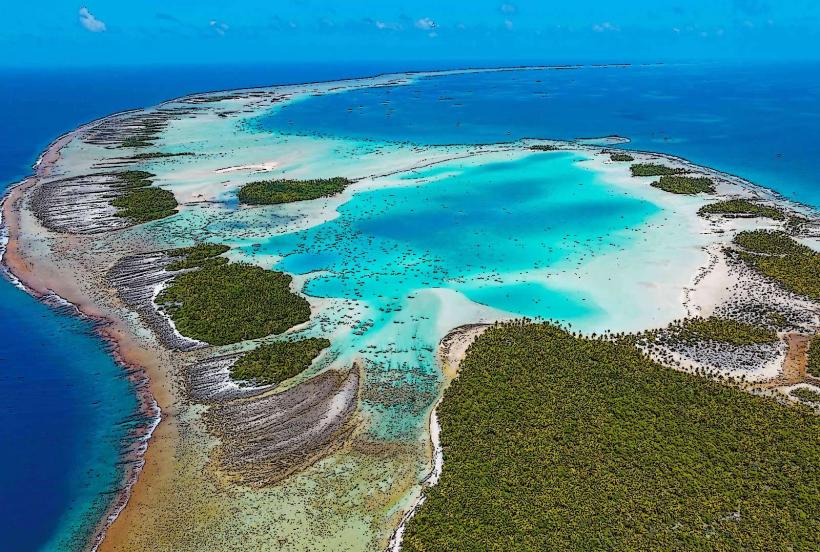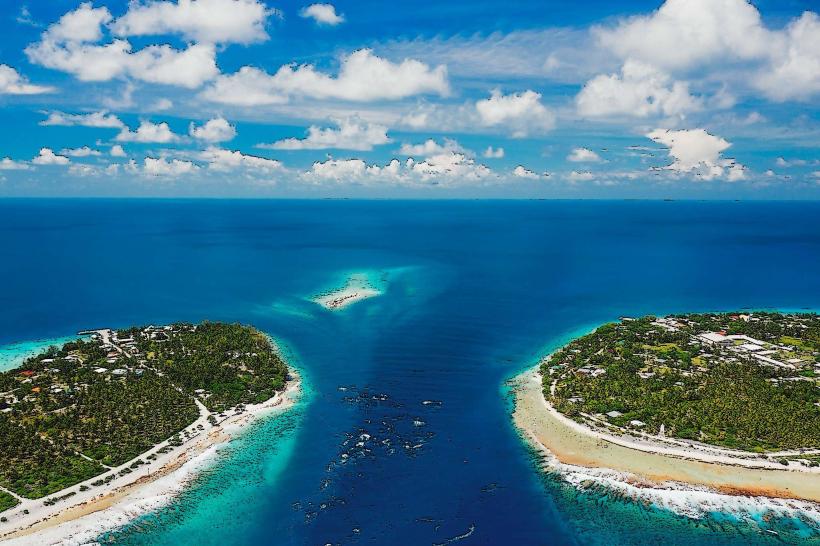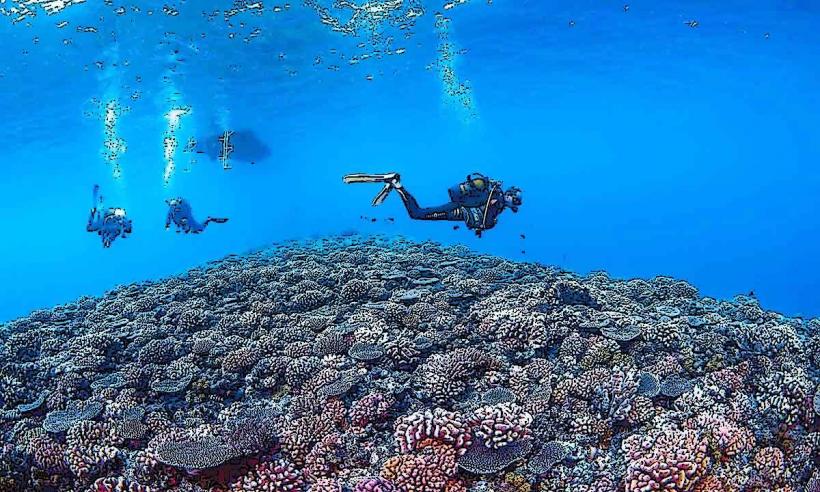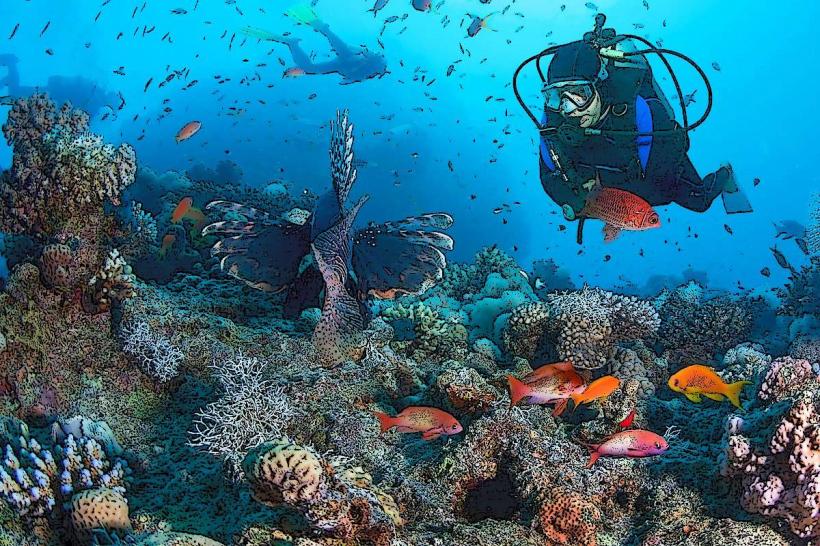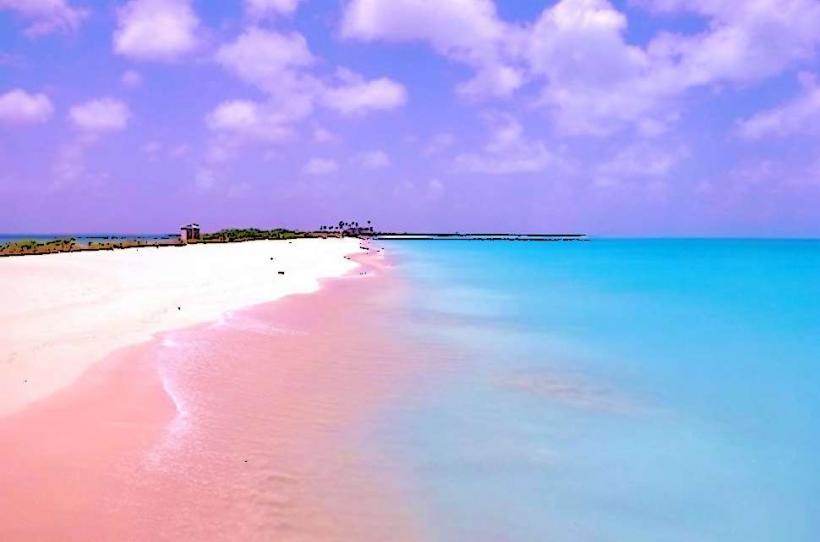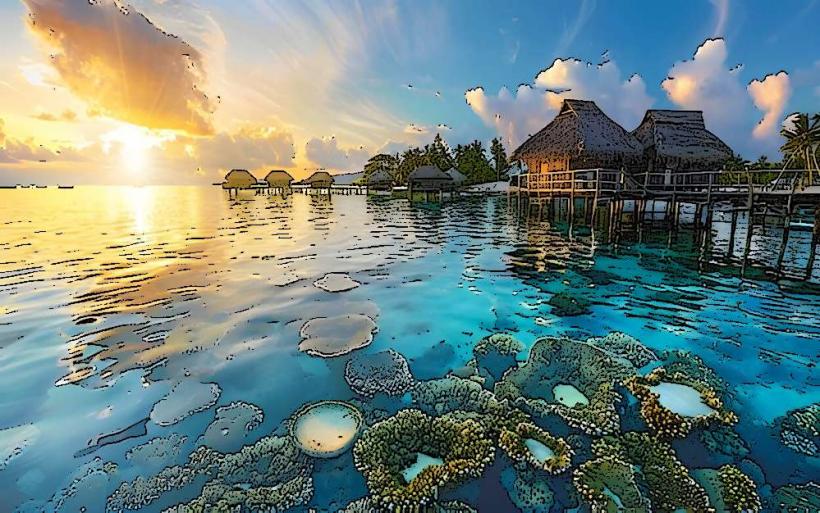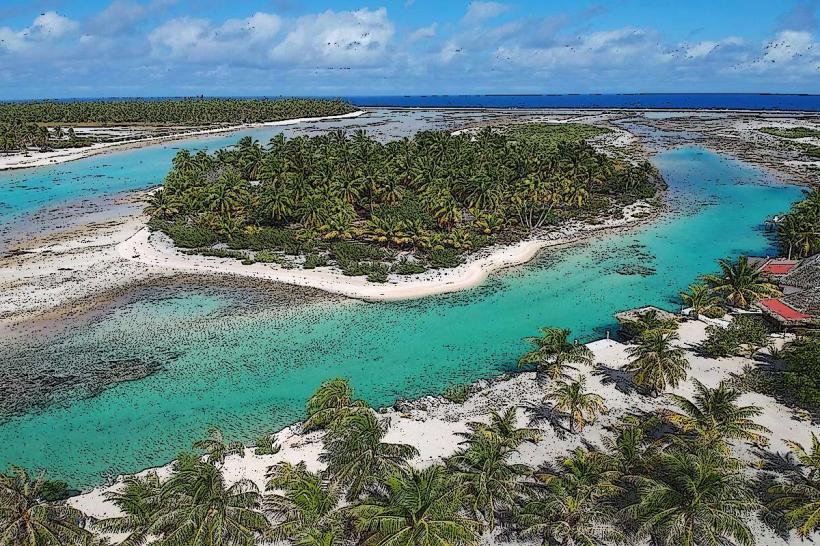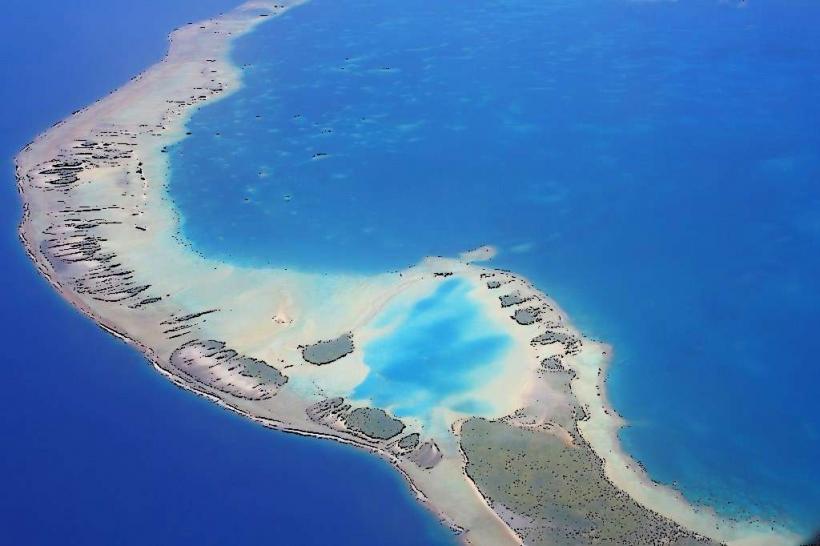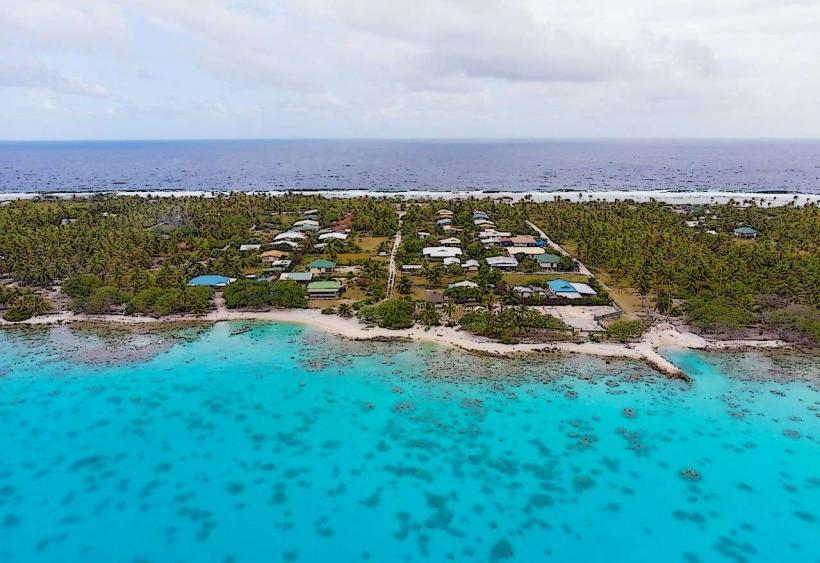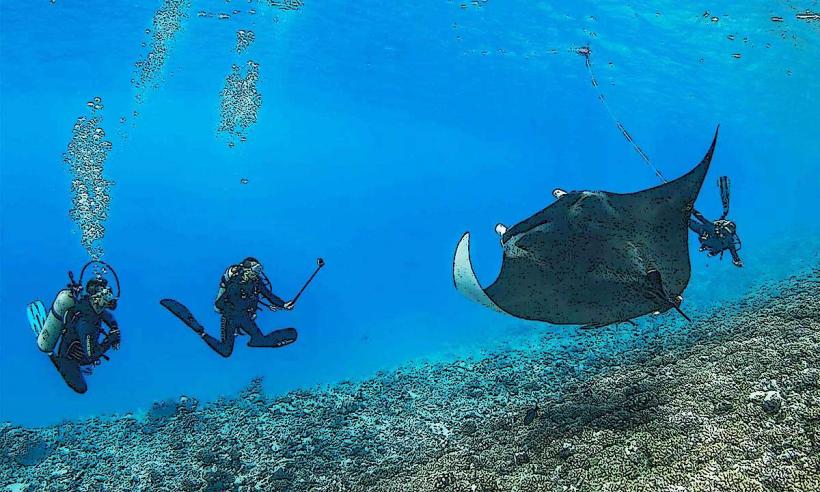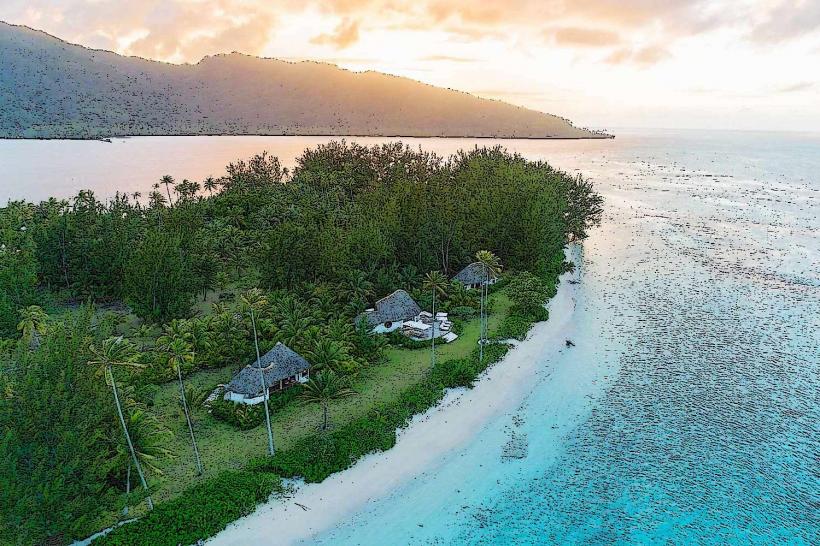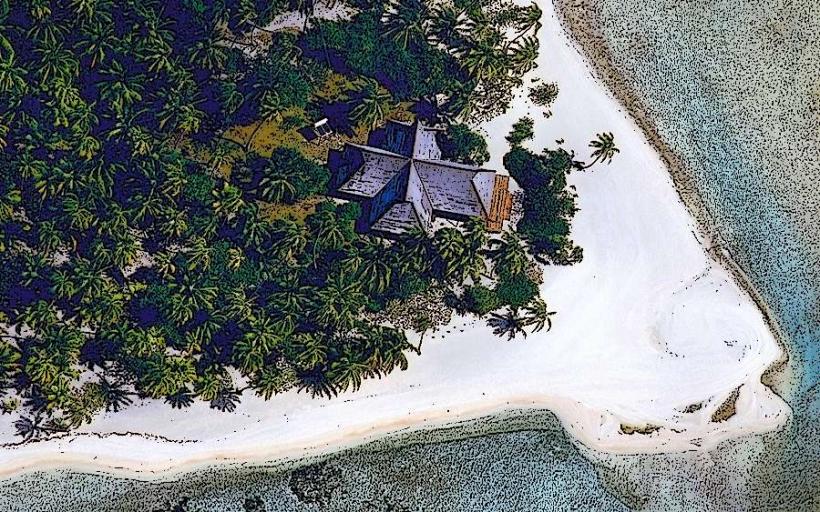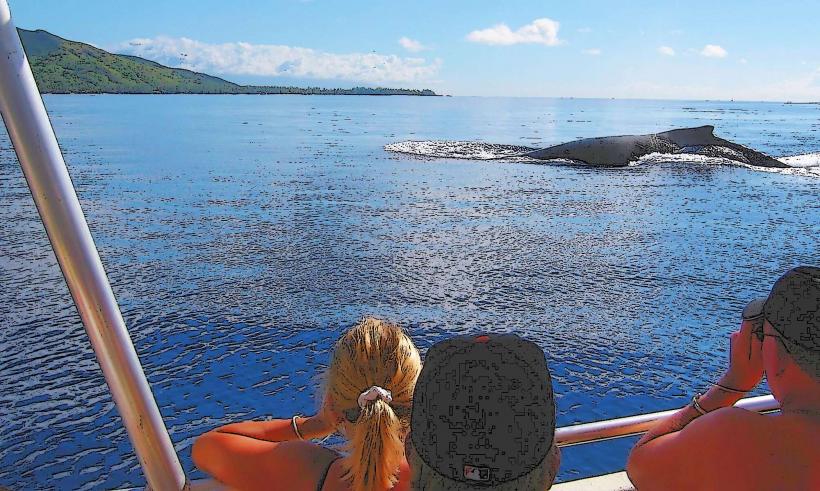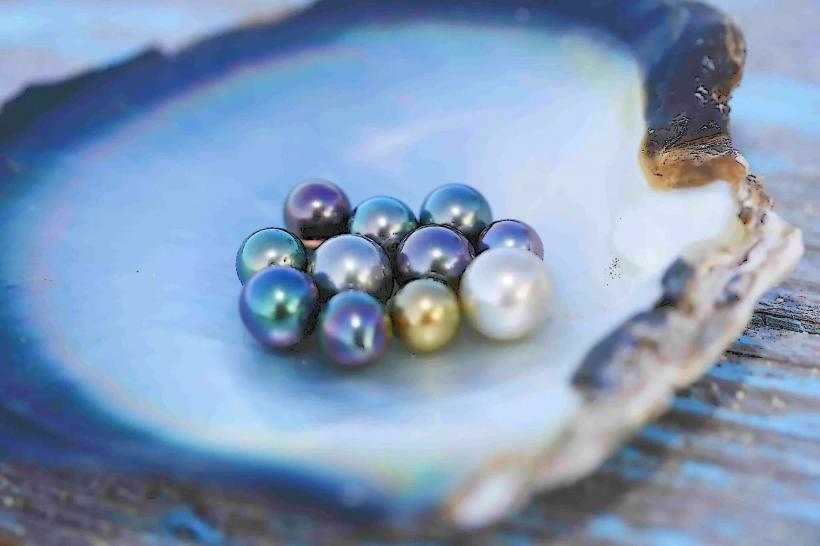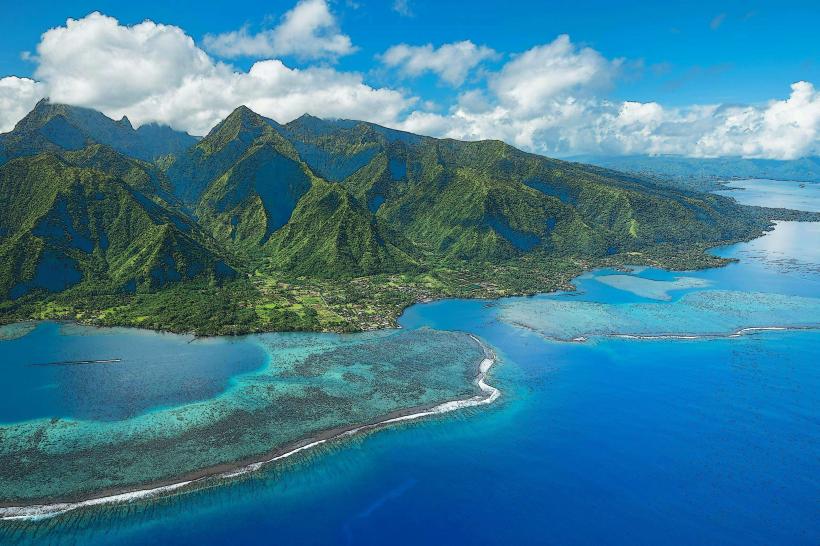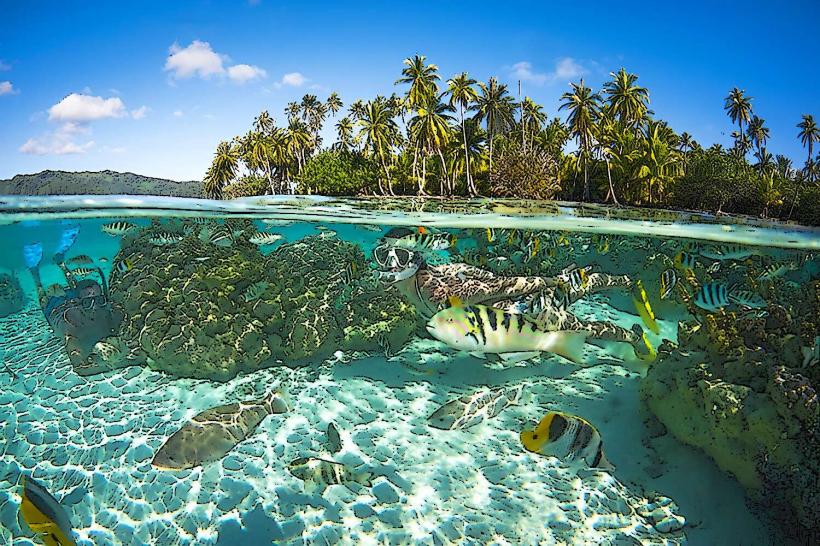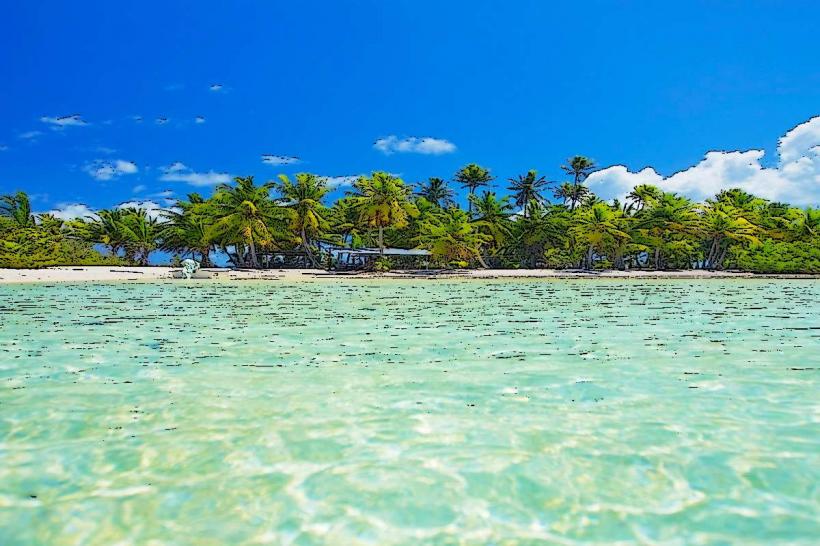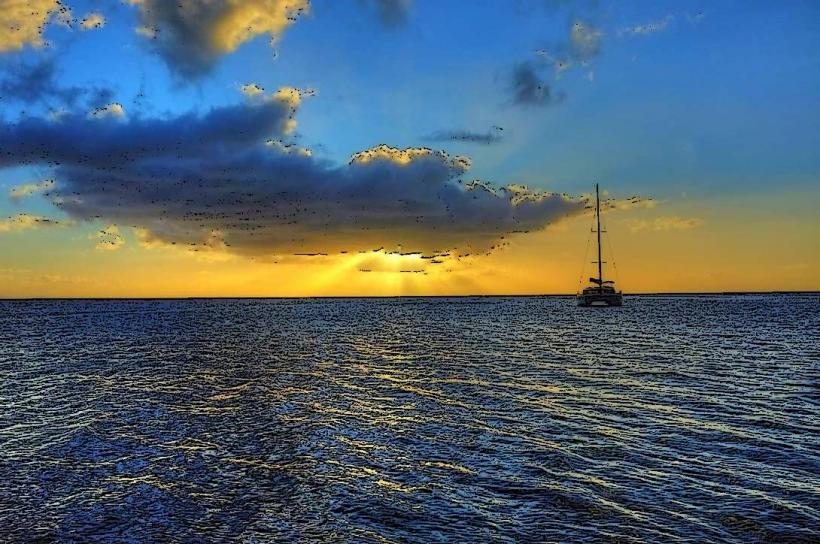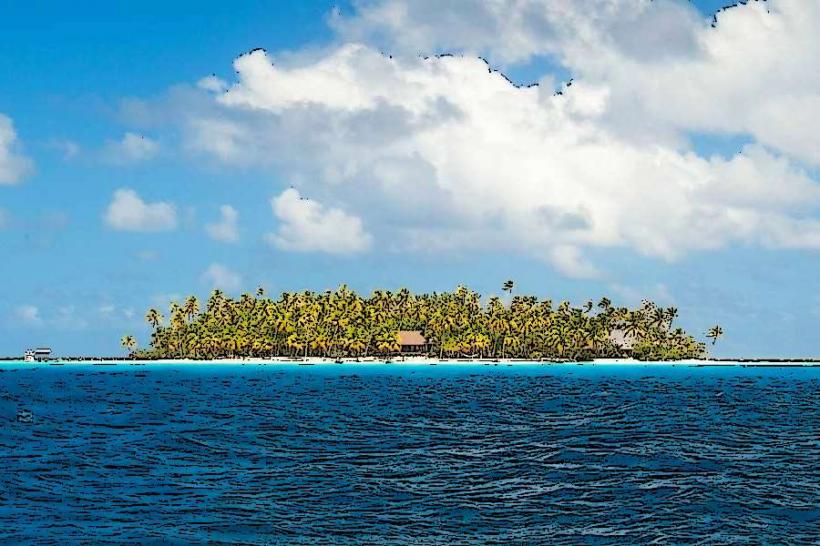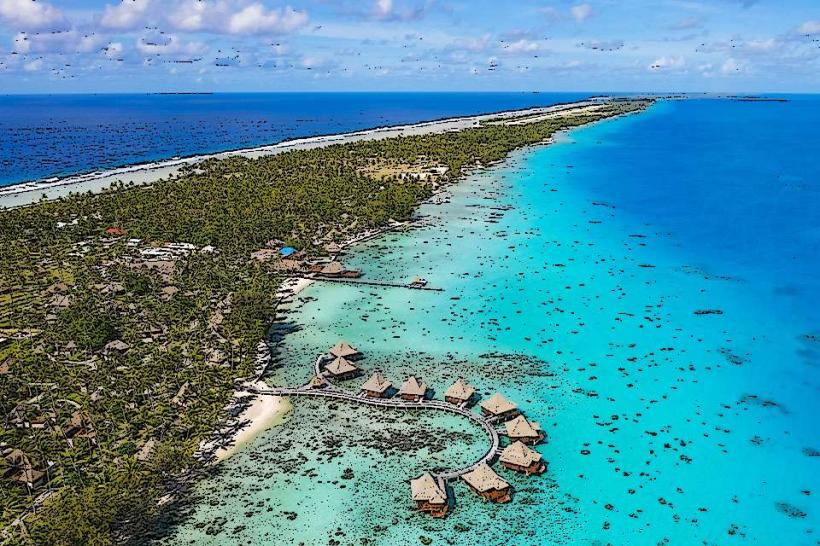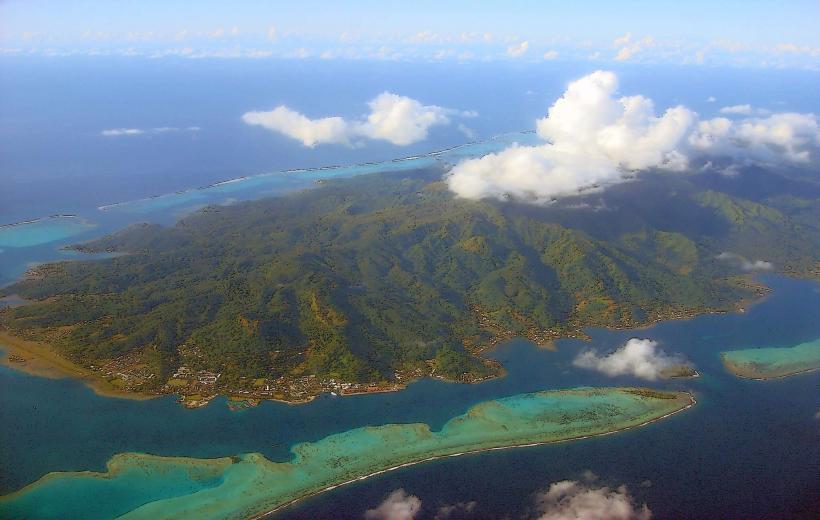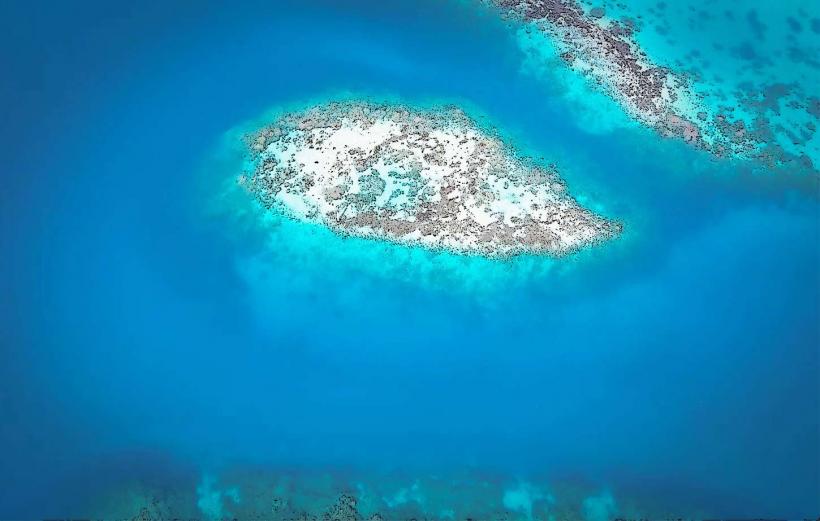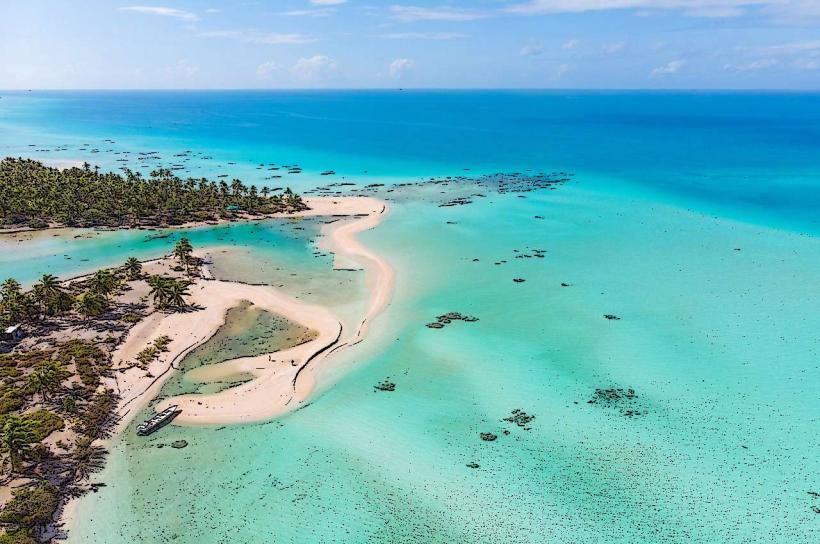Information
Landmark: Motu PaeaoCity: Rangiroa
Country: French Polynesia
Continent: Australia
Motu Paeao is a secluded and picturesque motu (islet) within the Rangiroa Atoll, located in the Tuamotu Archipelago of French Polynesia. Known for its pristine beauty, tranquility, and rich marine life, this motu is a hidden gem that attracts travelers seeking an escape into nature.
Overview of Motu Paeao
- Location: Motu Paeao lies on the fringes of Rangiroa’s expansive lagoon, surrounded by vibrant coral reefs and crystalline waters. It is accessible by boat from the main islands of Avatoru or Tiputa.
- Character: This motu is renowned for its untouched, natural environment. It boasts white sandy beaches, lush tropical vegetation, and a calm, shallow lagoon perfect for relaxing and exploring.
What Makes Motu Paeao Special
1. Unspoiled Nature
Motu Paeao offers visitors a chance to experience the pristine, undeveloped beauty of French Polynesia. The motu is fringed by white coral beaches and shaded by swaying coconut palms, providing a serene backdrop for relaxation or exploration.
2. Marine Biodiversity
The waters around Motu Paeao are teeming with marine life, making it an ideal spot for snorkeling and diving:
- Coral Reefs: The reefs near the motu are vibrant and colorful, hosting a diverse range of coral species.
- Tropical Fish: Snorkelers will encounter schools of fish such as butterflyfish, parrotfish, and damselfish.
- Sharks and Rays: Blacktip reef sharks and stingrays are frequently spotted in the shallow waters surrounding the motu.
3. Birdwatching
The motu is also home to various seabirds that nest along the shores and trees, including terns and frigatebirds. This makes it a great location for birdwatching enthusiasts.
4. Cultural Significance
Motu Paeao holds cultural importance for the local community, as it reflects the traditional way of life of Polynesians who relied on motus for fishing, coconut farming, and temporary shelters.
Activities on Motu Paeao
1. Snorkeling
The clear, shallow waters surrounding the motu provide excellent conditions for snorkeling. Visitors can explore coral gardens and observe the rich underwater ecosystem.
2. Kayaking
Many visitors enjoy kayaking around the motu and its surrounding lagoon. The calm waters are perfect for a leisurely paddle, offering a close-up view of the motu’s beauty.
3. Picnicking
Motu Paeao is a popular destination for day trips, and many tours include a traditional Polynesian picnic on the beach, featuring dishes like poisson cru, grilled fish, tropical fruits, and coconut-infused delicacies.
4. Relaxation
The motu’s remote and peaceful ambiance makes it an ideal spot for relaxing, sunbathing, or simply enjoying the stunning scenery.
Getting to Motu Paeao
- Boat Tours: The most common way to visit Motu Paeao is by joining a boat tour from Avatoru or Tiputa. Many tour operators in Rangiroa offer excursions to the motu, often combined with other nearby attractions such as the Blue Lagoon or Tiputa Pass.
- Private Charters: For a more exclusive experience, visitors can hire a private boat to explore Motu Paeao at their leisure.
When to Visit
- The best time to visit Motu Paeao is during the dry season (May to October), when the weather is sunny, and the seas are calm, ensuring optimal conditions for water activities.
- The wet season (November to April) brings occasional rain but fewer tourists, offering a quieter experience.
Accommodation Options
While there are no accommodations directly on Motu Paeao, visitors can stay on the main islands of Rangiroa and take day trips to the motu. Nearby accommodations include:
- Hotel Kia Ora Resort & Spa
- Pension Rangiroa Plage
- Pension Bounty
Conclusion
Motu Paeao is a tranquil paradise within Rangiroa Atoll that showcases the raw, untouched beauty of French Polynesia. Whether you’re snorkeling in its vibrant reefs, lounging on its pristine beaches, or soaking in the serenity of its natural surroundings, this motu offers an unforgettable escape. It’s an essential stop for nature lovers and adventurers exploring the wonders of Rangiroa.

